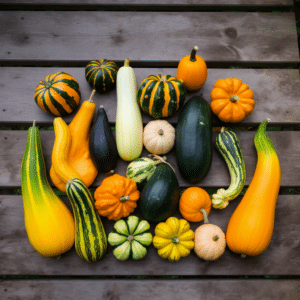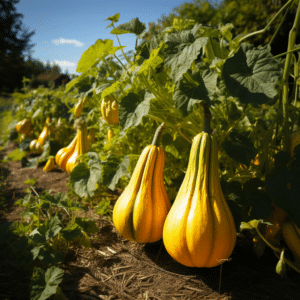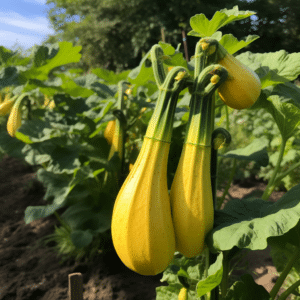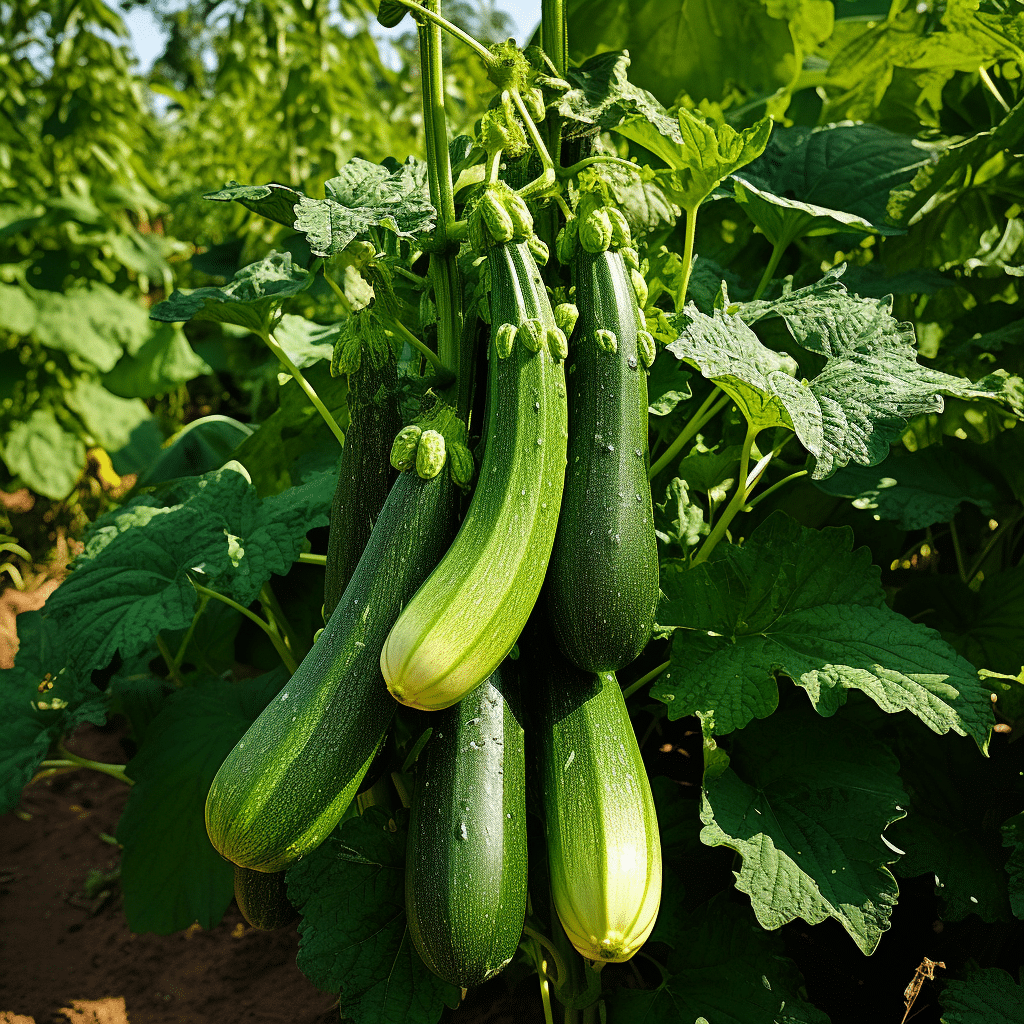Whether you’re a seasoned gardener or a novice green thumb, growing squash can be a rewarding endeavor. This versatile vegetable, available in a variety of types and flavors, is a staple in many gardens and kitchens worldwide. In this guide, we’ll delve into the ins and outs of growing squash, from choosing the right variety to harvesting and storing your bounty.
Understanding Squash Varieties

Before you start planting, it’s essential to understand the different types of squash available. Squash varieties fall into two main categories: summer and winter squash. Despite their names, both types can be grown during the same season, with the distinction lying in their maturity and harvest times.
Summer squash, such as zucchini and yellow squash, are harvested when young and tender, while winter squash, like butternut and acorn, are left on the vine to mature, developing a hard rind that allows for long-term storage.
Choosing the Right Variety
When choosing a squash variety, consider your garden’s size and your culinary preferences. Summer squash varieties are typically bushy and take up less space, making them ideal for smaller gardens or container gardening. On the other hand, winter squash varieties are vining plants that require more room to spread.
Also, think about how you plan to use your squash. If you enjoy grilling or sautéing, summer squash might be your best bet. If you prefer roasting or making soups, consider planting winter squash.
Planting and Growing Squash

Once you’ve chosen your squash variety, it’s time to get planting. Squash are warm-season vegetables that thrive in full sun and well-draining soil. They’re typically direct-seeded in the garden after the last spring frost when soil temperatures have warmed.
Plant squash seeds in hills or rows, spacing them according to the variety’s specific requirements. Water thoroughly after planting, and continue to provide regular water throughout the growing season.
Managing Pests and Diseases
Squash plants can be susceptible to a variety of pests and diseases, including squash bugs, cucumber beetles, and powdery mildew. Regularly inspect your plants for signs of trouble and take action at the first sign of damage.
Organic methods of pest and disease control include hand-picking pests, using insecticidal soaps or neem oil, and practicing good garden hygiene, such as removing plant debris that can harbor pests or disease.
Harvesting and Storing Squash
Knowing when and how to harvest your squash will ensure the best flavor and texture. Summer squash should be harvested when small and tender, usually when

they’re about 6 to 8 inches long. Winter squash, on the other hand, should be left on the vine until the rind is hard and the fruit sounds hollow when tapped.
After harvesting, store summer squash in the refrigerator, where it will keep for about a week. Winter squash can be stored in a cool, dry place for several months.
Preserving Your Harvest
If you find yourself with a bumper crop of squash, there are several ways to preserve your harvest for future use. Summer squash can be frozen, pickled, or canned, while winter squash can be stored whole or processed and frozen.
Regardless of the method you choose, preserving your squash will allow you to enjoy the fruits of your labor long after the growing season has ended.
Conclusion
Growing squash can be a rewarding experience, providing you with a bountiful harvest of delicious and nutritious vegetables. By understanding the different varieties, providing proper care, and knowing when and how to harvest and store your squash, you can enjoy the fruits of your labor for months to come.
So why wait? Start planning your squash garden today and discover the joy of growing your own food.




